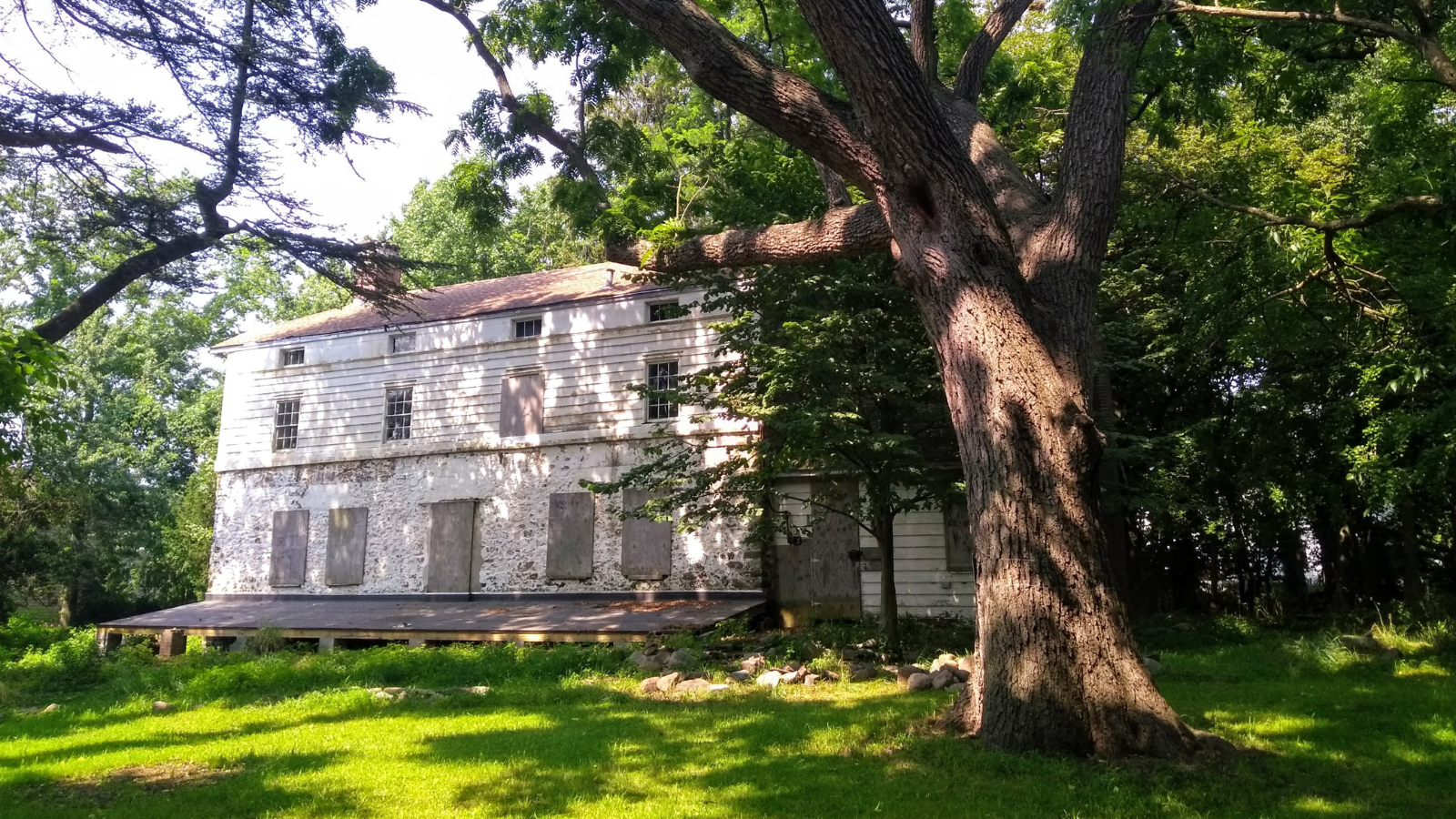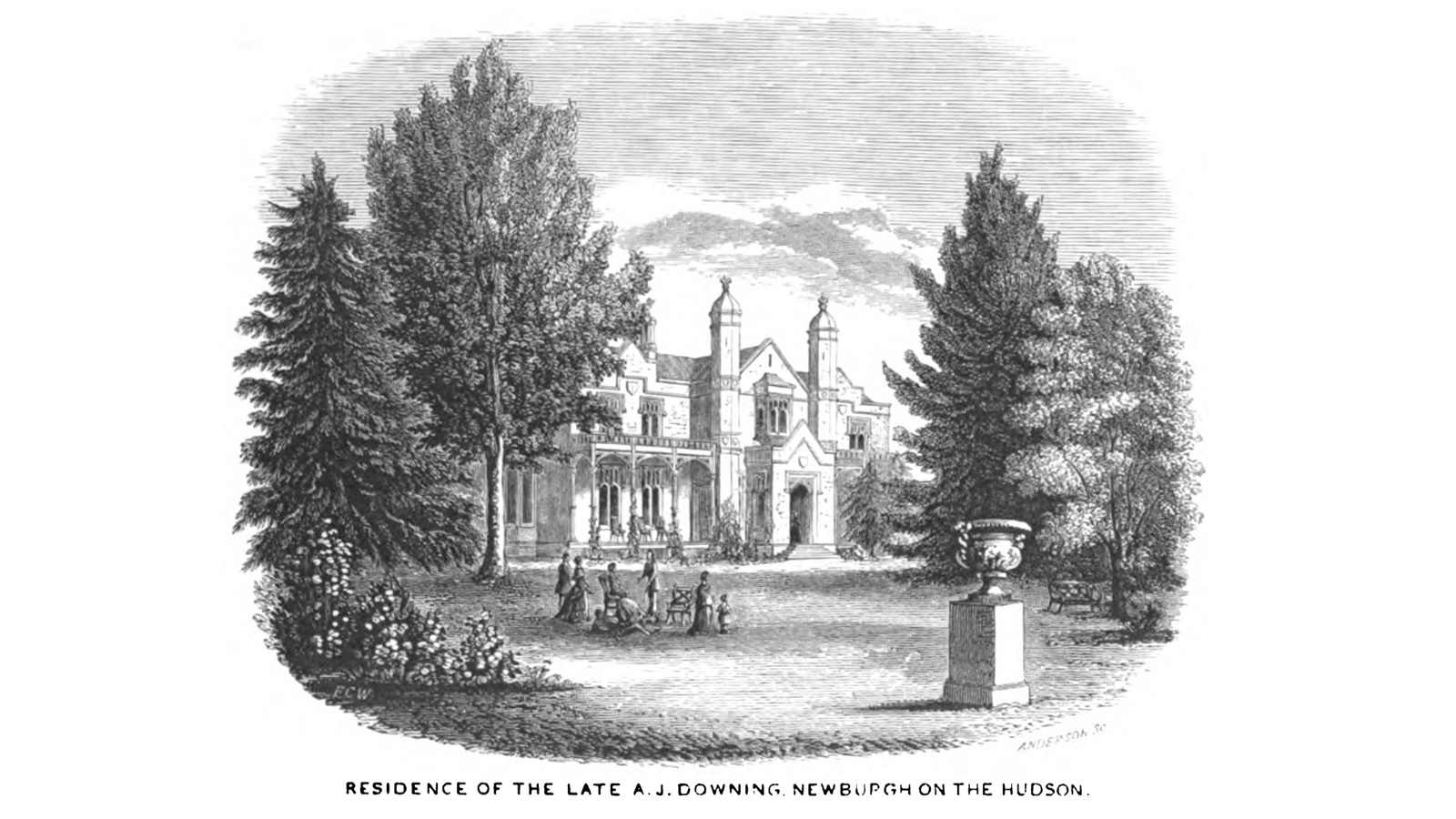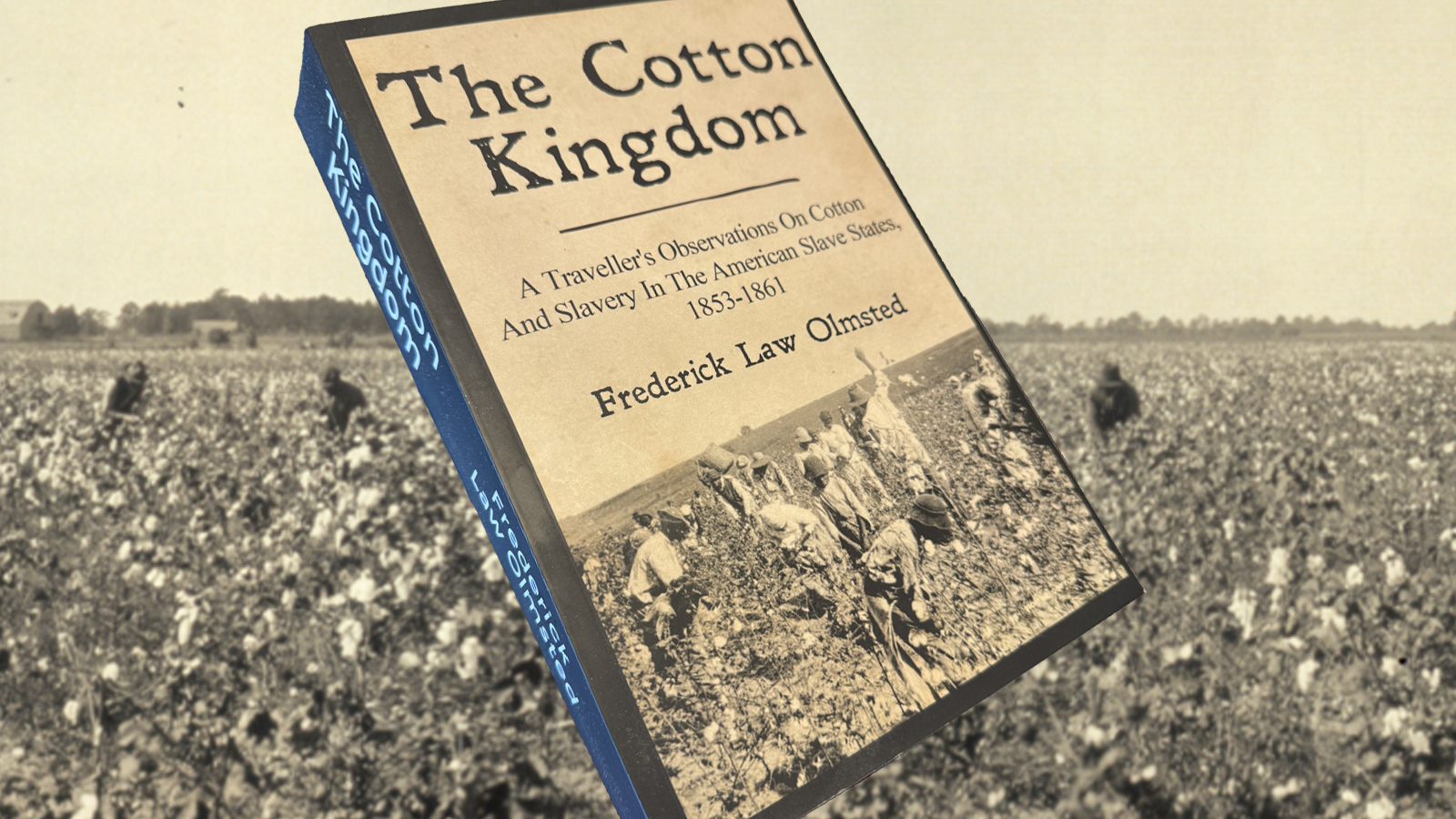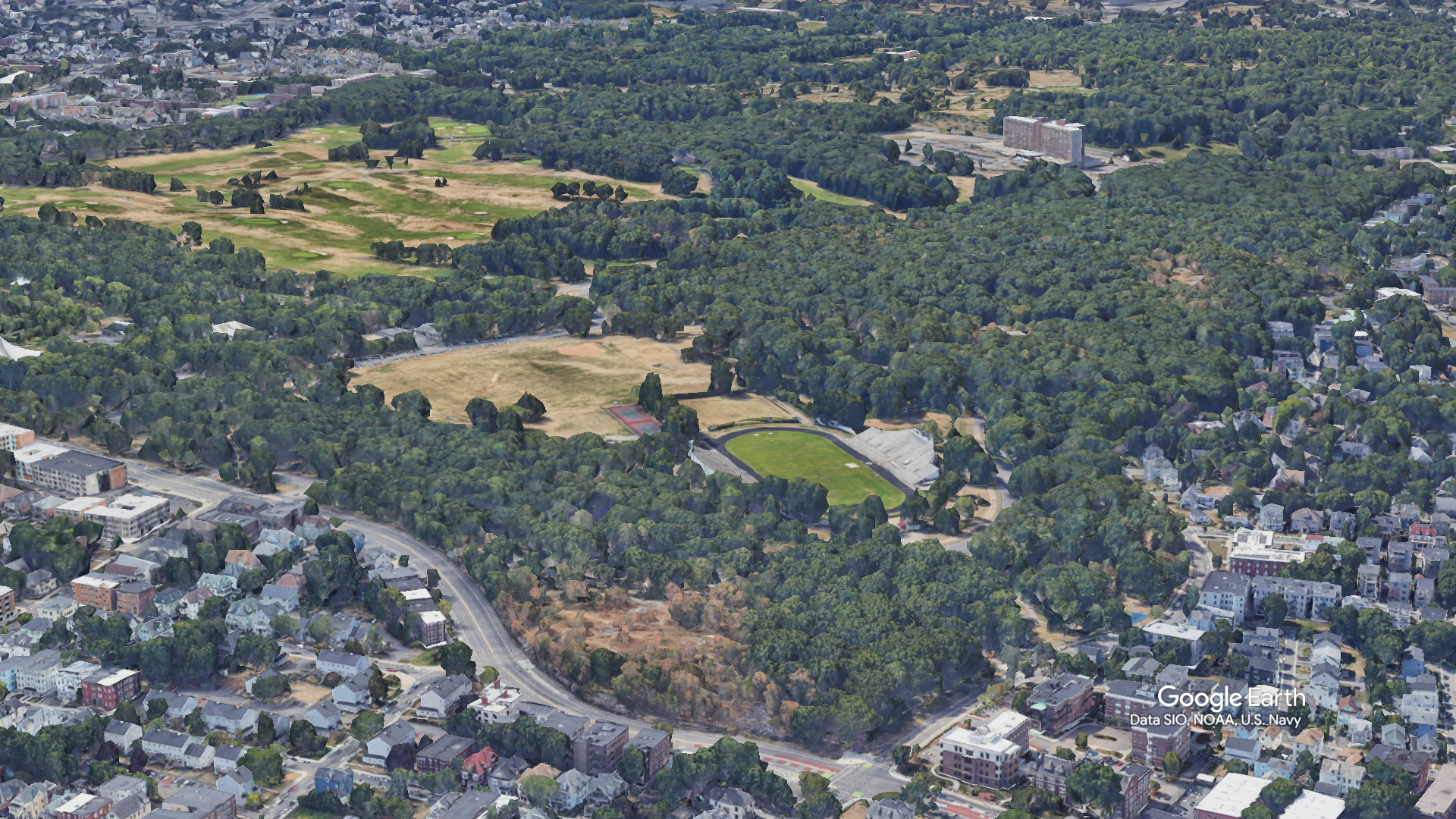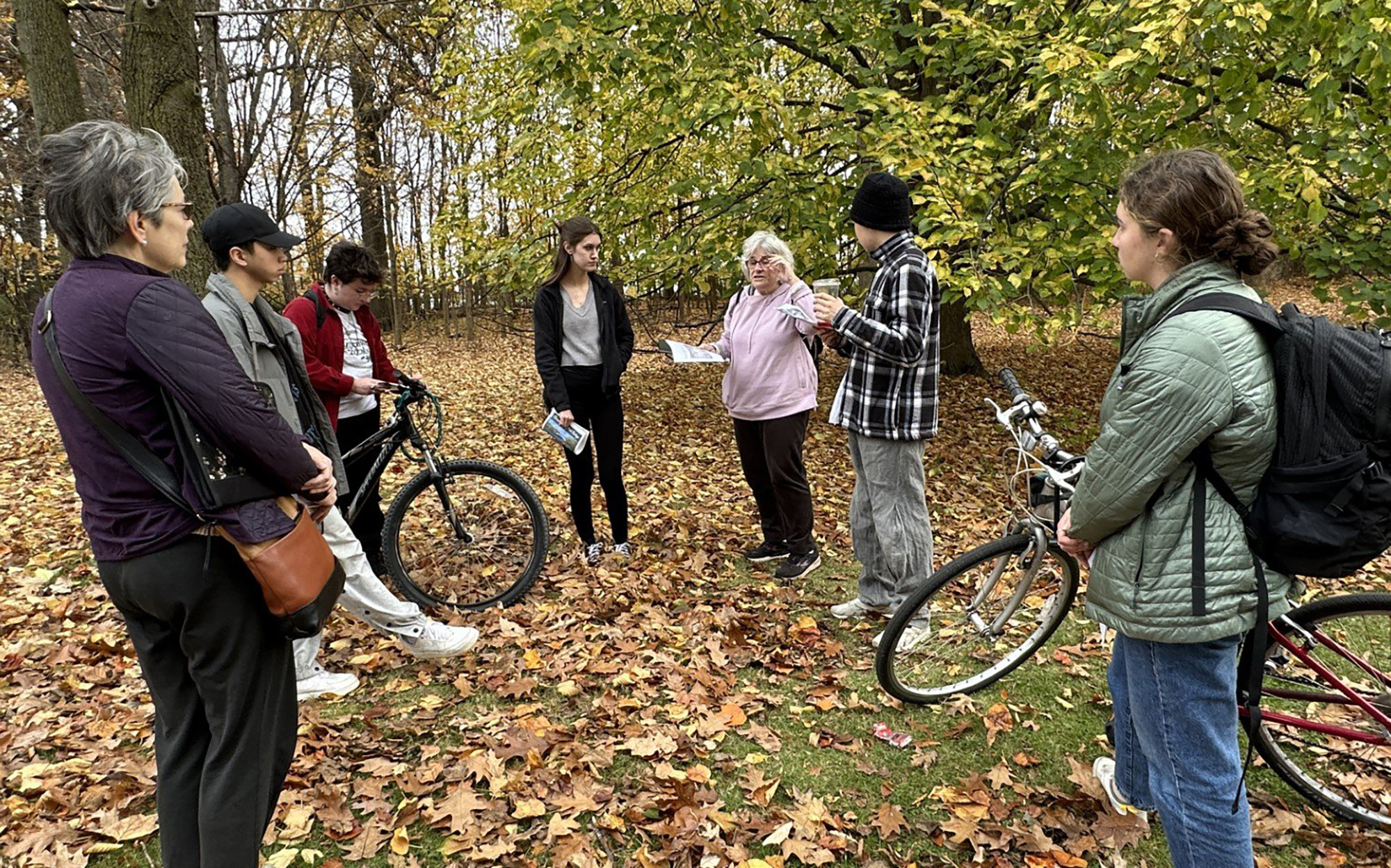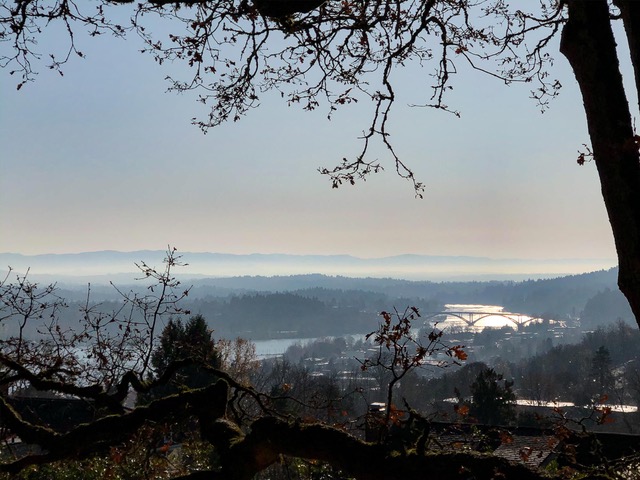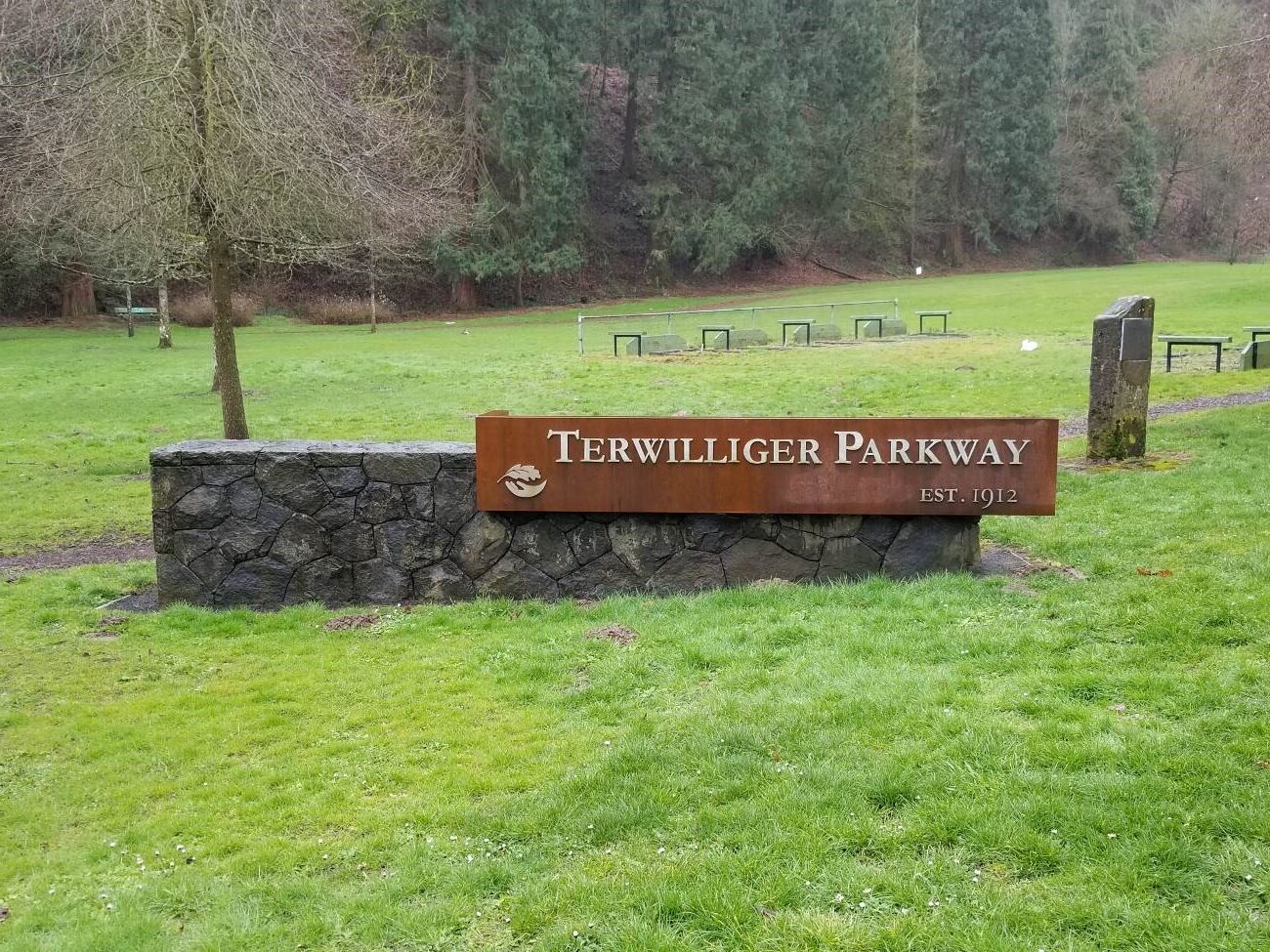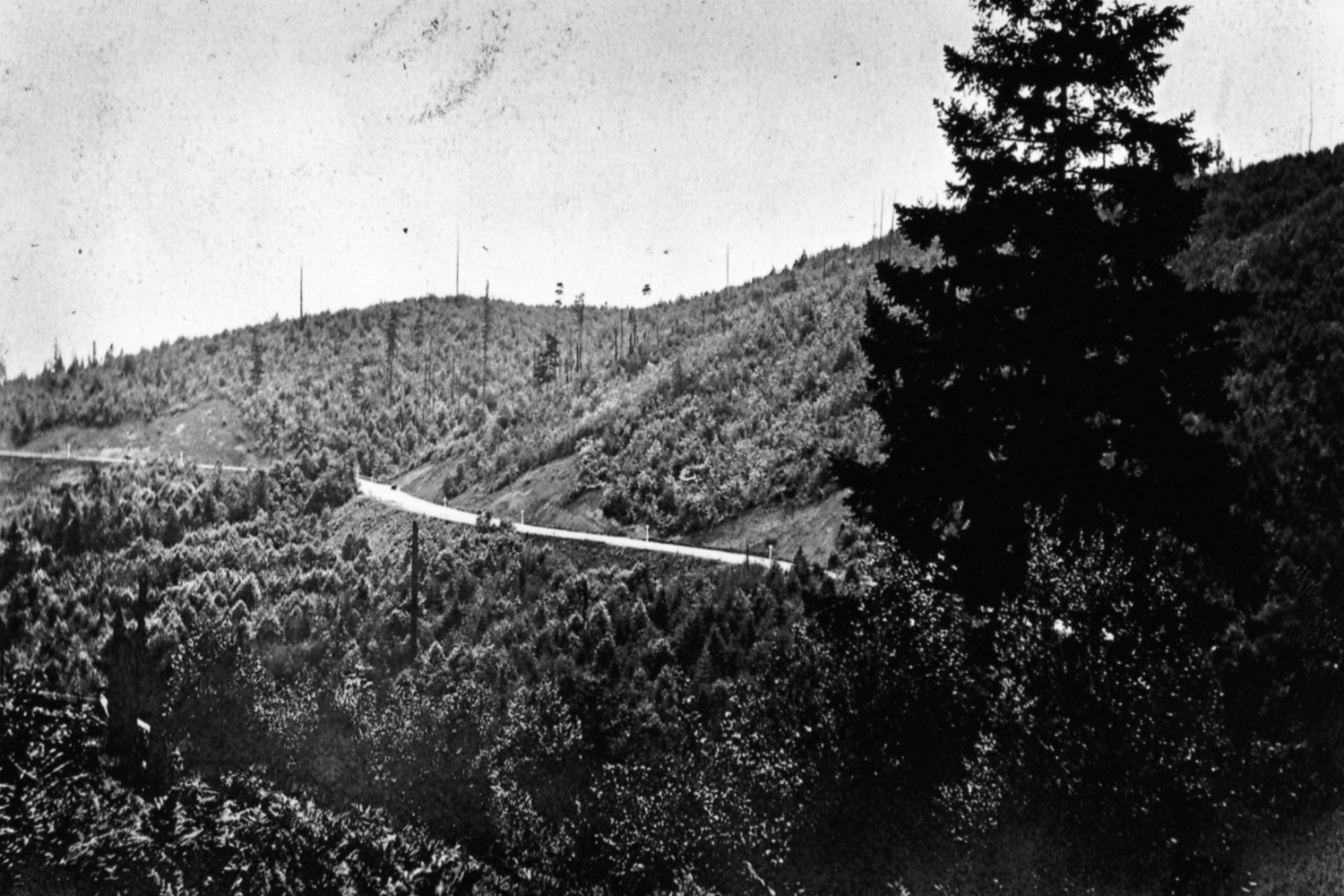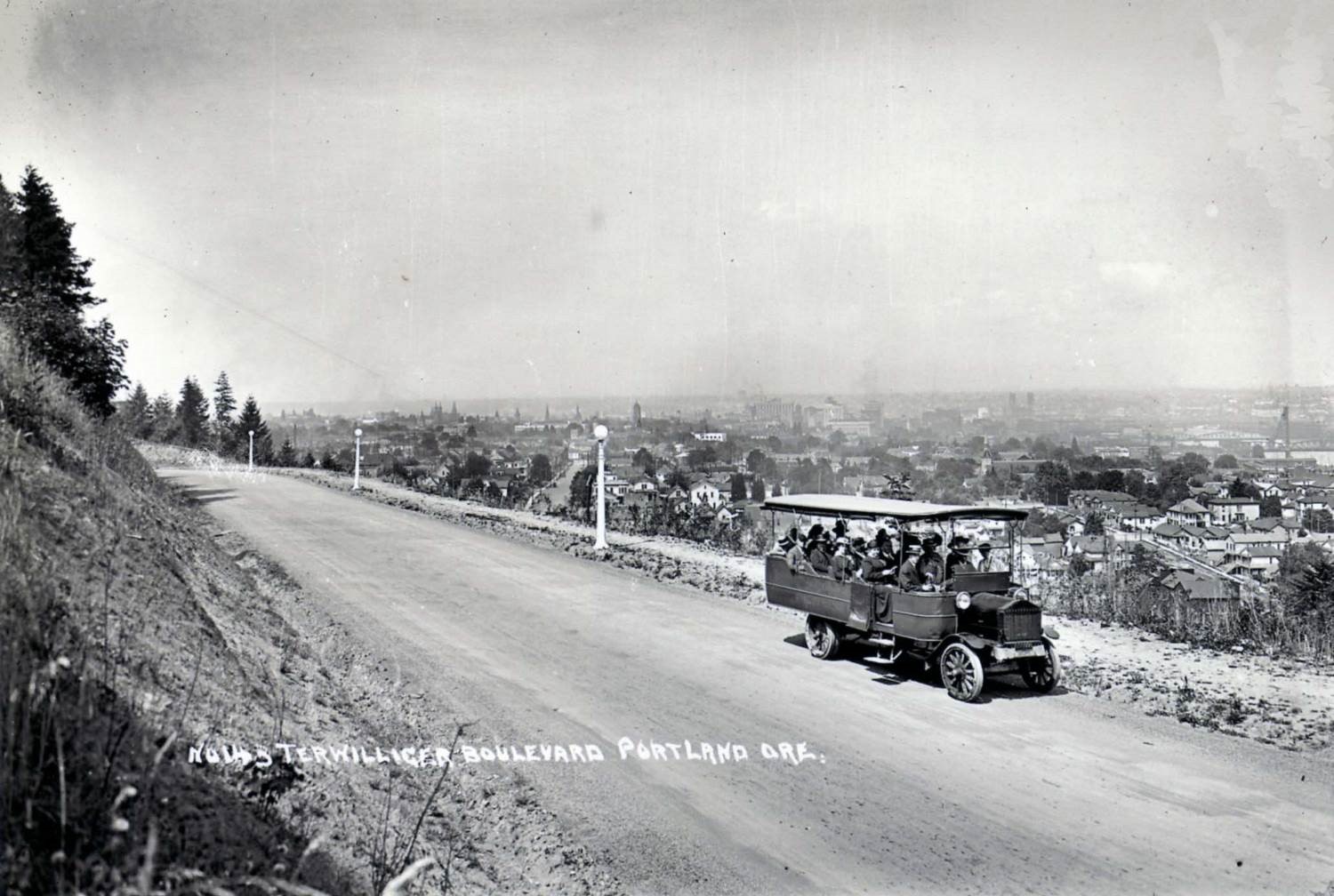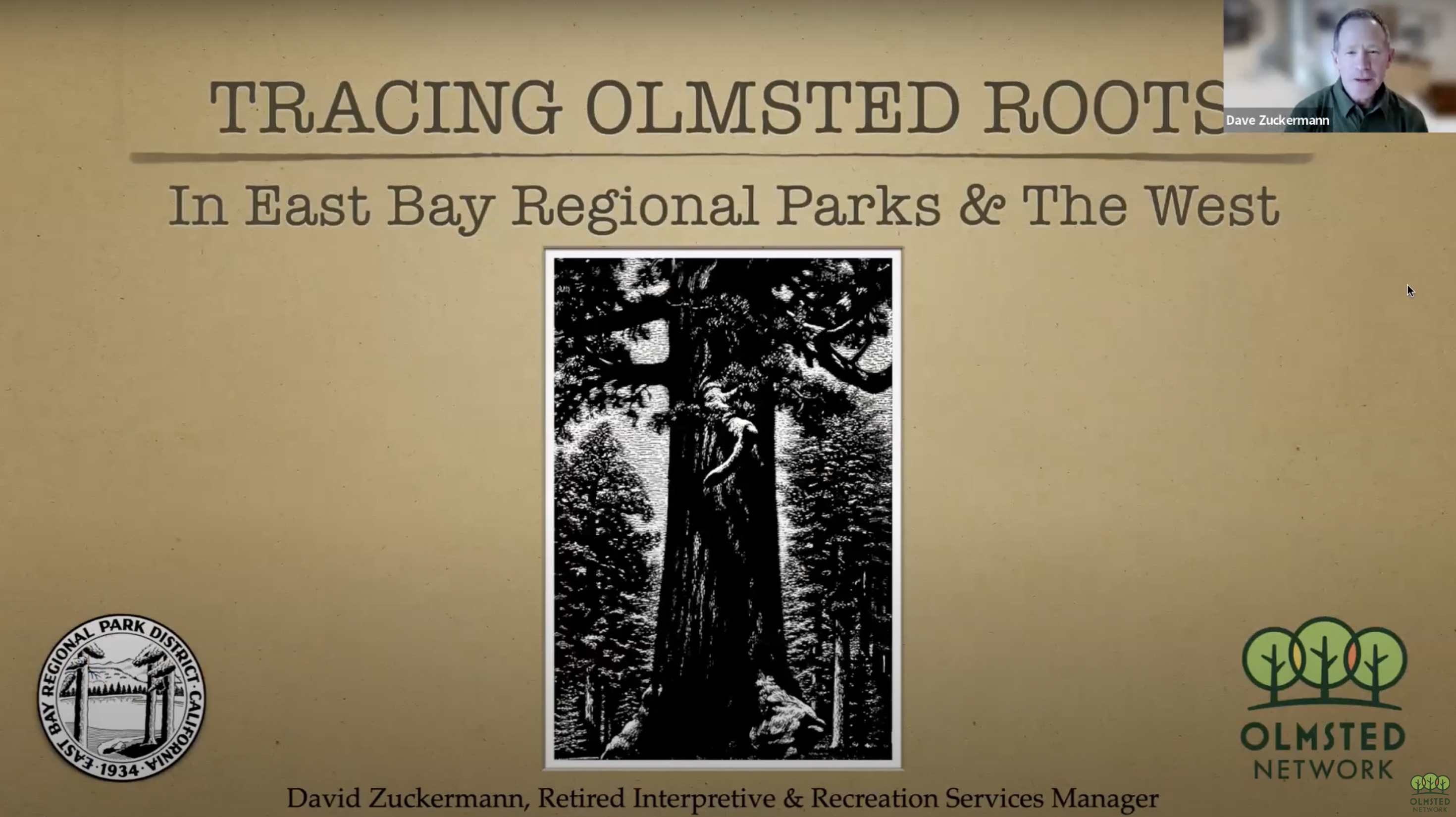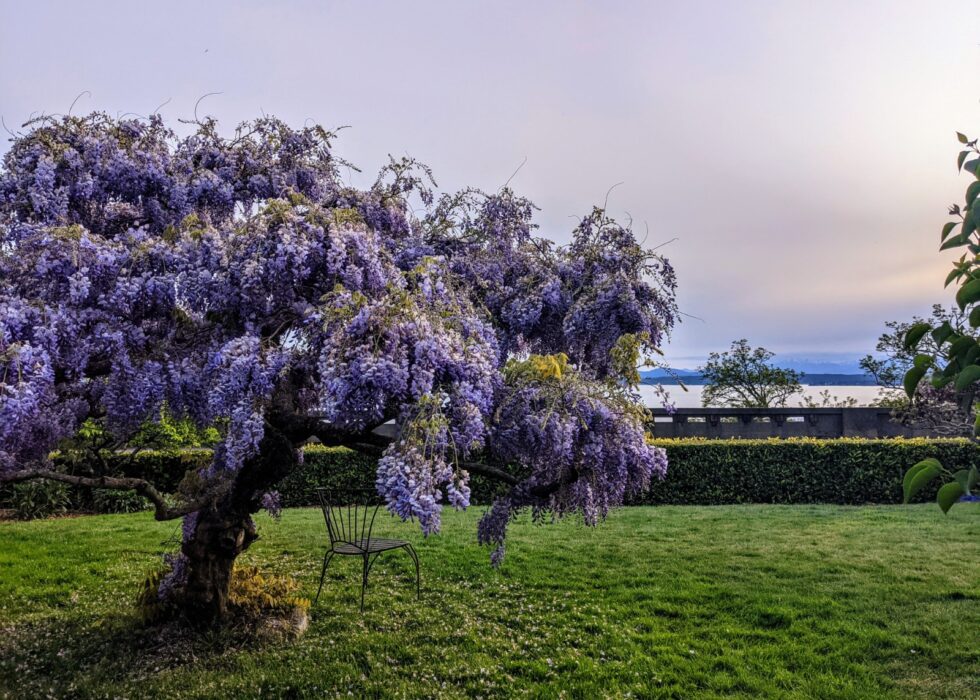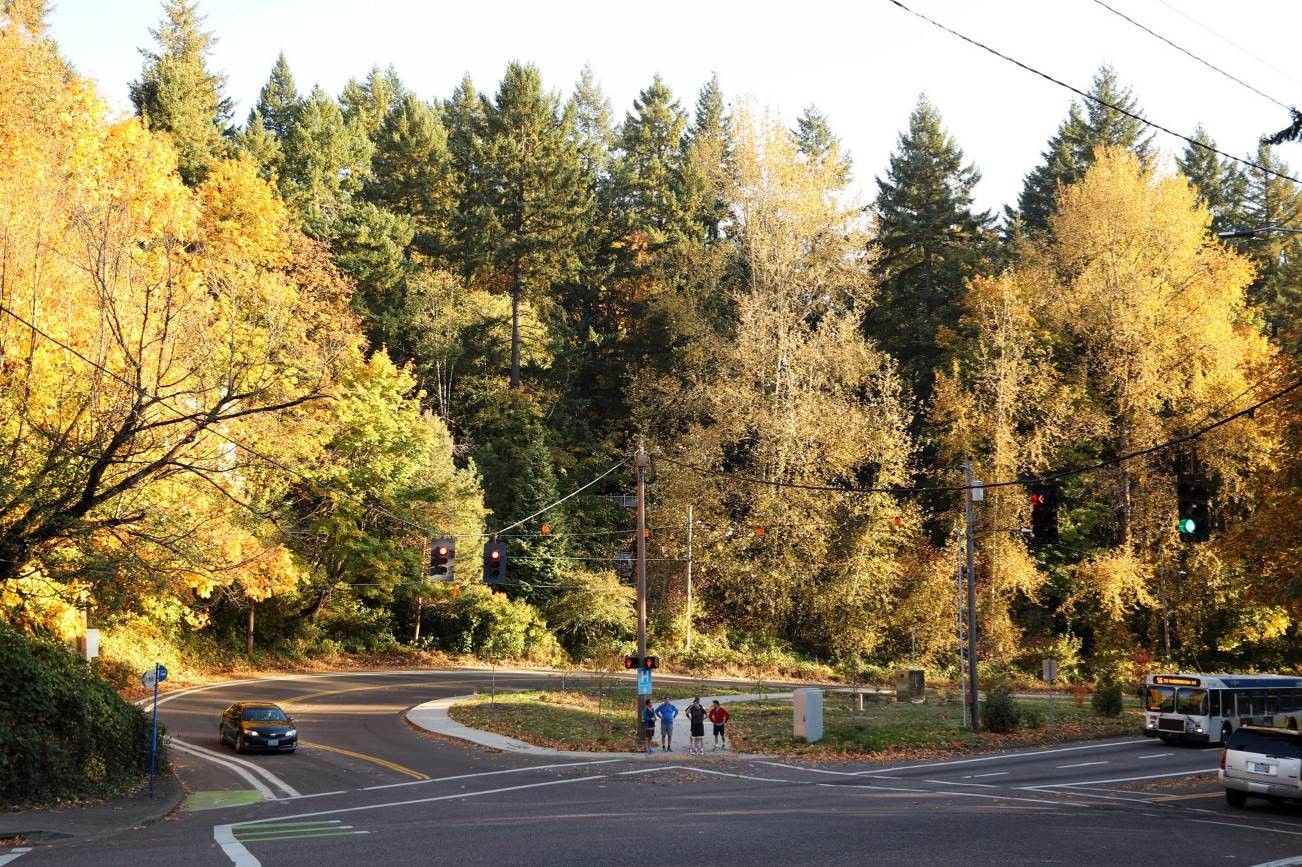
Portland, Oregon
Terwilliger Parkway is characterized by slower speeds, curves following the contours of the hills, and opportunities to leisurely enjoy scenic vistas and outdoor recreation made possible by a wooded buffer zone of about 100 feet on both sides.
About Terwilliger Parkway
Envisioned by John C. Olmsted and implemented by his associate and Portland’s first Park Superintendent, Emanuel T. Mische, the road and bordering parkland represent a scenic parkway design influenced by the City Beautiful Movement.
In contrast to the larger highways that became the primary route for transportation, Terwilliger Parkway is characterized by slower speeds, curves following the contours of the hills, and opportunities to leisurely enjoy scenic vistas and outdoor recreation made possible by a wooded buffer zone of about 100 feet on both sides.
The northern section of the parkway opened in 1912 with a dedication by the Elks Club. Two years later, the 115-acre road was completed. In 1917, the city attempted to turn the maintenance-heavy parkway over to the county but was stopped by donors who reminded that they donated the land with the stipulation that it “be forever used as a boulevard and parkway, for the benefit and use of the public.” The threat of donors taking back the land was so severe that the city opted to pave the entire road in concrete to reduce maintenance needs instead.
Only minor changes have been made, keeping the parkway true to the original vision. Most notably, Eagle Point was added in 2013, an important location on the original Olmsted plan because of its magnificent views.
The Friends of Terwilliger Parkway was established in the early 1990s with a mission to protect the historic, natural, and recreational character of the parkway. They were instrumental in listing Terwilliger Parkway on the National Register of Historic Places in 2021.
Shared Spaces
Spotlight on… Terwilliger ParkwaySudbrook Park
Opening in Spring 1890 with nine sample “cottages,” a rail station and Inn, Sudbrook quickly became popular for its beauty, clean air, pure water and Olmsted lineage.
Trinity College
In 1872, Olmsted returned to his hometown of Hartford, CT, to contribute to the planning and design of Trinity College.



